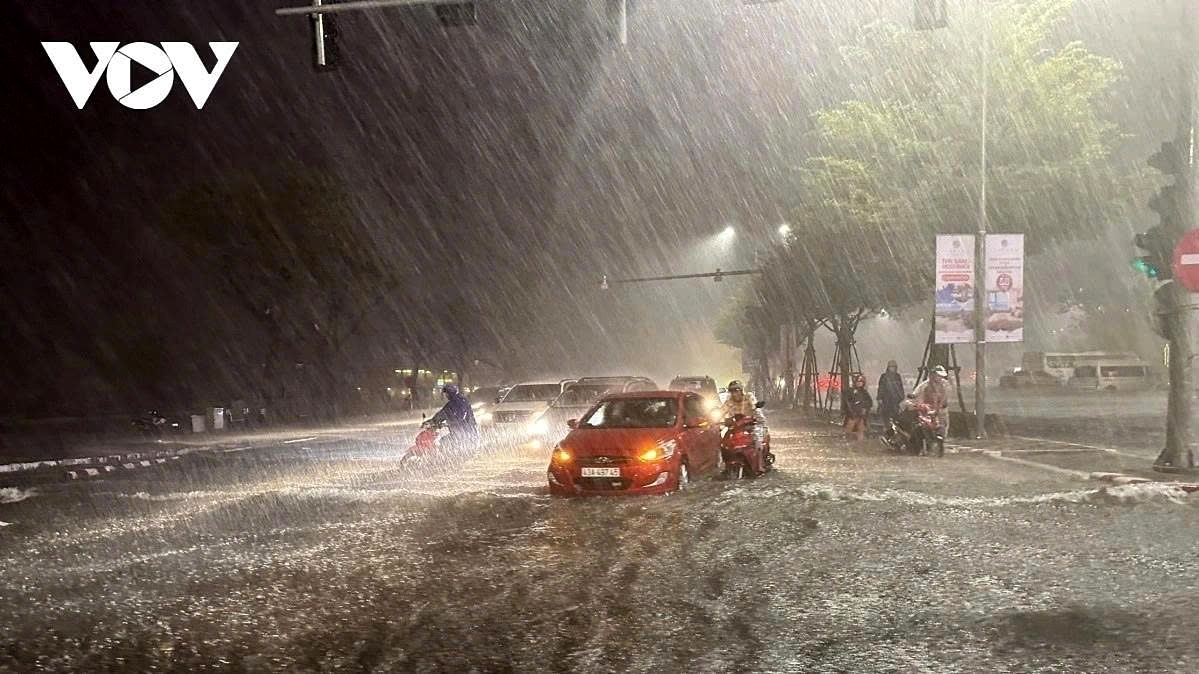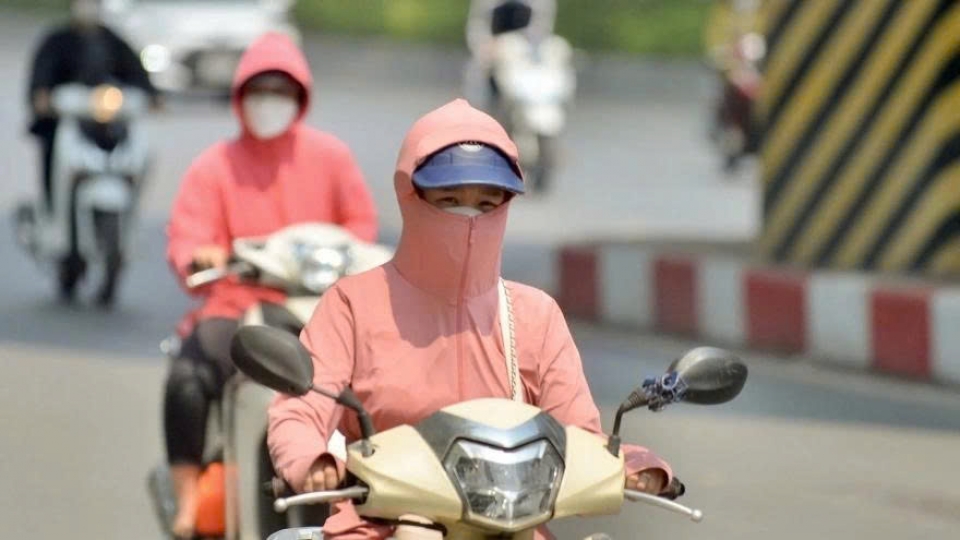Heavy rain peaks across Northern Vietnam, authorities warn of landslide risks
VOV.VN - The National Centre for Hydro-Meteorological Forecasting reports that localities in the northern and north-central regions are experiencing the peak of a widespread heavy rain event on July 11 - 12, with total rainfall in some areas expected to exceed 250mm.

The current spell is characterised by moderate to very heavy rain in waves, often accompanied by thunderstorms. From 7:00 p.m. on July 10 to 3:00 a.m. on July 11, several localities received high amounts of rain, such as Dao San (Lai Chau - 127.6mm), Dong Cuu 1 (Phu Tho - 85.8mm), and Muong Lum (Son La - 59.8mm)
Between July 11 and July 12, the northern region will continue to see accumulated rainfall of 50–120mm, with some areas even surpassing 250mm.
Meteorologists warn that extreme short-term rainfall, possibly over 150mm in just three hours, could raise the risks of flash floods in small rivers and streams, landslides in mountainous and steep terrain, and urban flooding in low-lying and densely populated areas.
Despite the dangers, the rainfall has brought relief from the recent heatwave. Temperatures in Northern Vietnam have cooled to 23–26°C, with some mountainous regions dropping below 23°C.
In the capital city of Hanoi, moderate to very heavy rainfall and cool conditions are anticipated, with highs not exceeding 32°C.
From July 13, heavy rain is expected to gradually decrease across the northern and north-central regions.
Meanwhile, the central region will see daytime sunshine on July 11, followed by scattered showers and thunderstorms in the evening. From Quang Tri to the south-central coastal provinces, conditions remain mostly dry by day, with isolated evening showers.
The Central Highlands and Southern Vietnam will continue to experience sunny days, transitioning to afternoon and evening storms with localised heavy rain.
Meteorologists urge the public to remain vigilant for dangerous weather phenomena, including lightning, whirlwinds, hail, and strong winds. Residents in vulnerable areas, particularly steep hillsides and flood-prone zones, are advised to monitor updates and take precautions.





